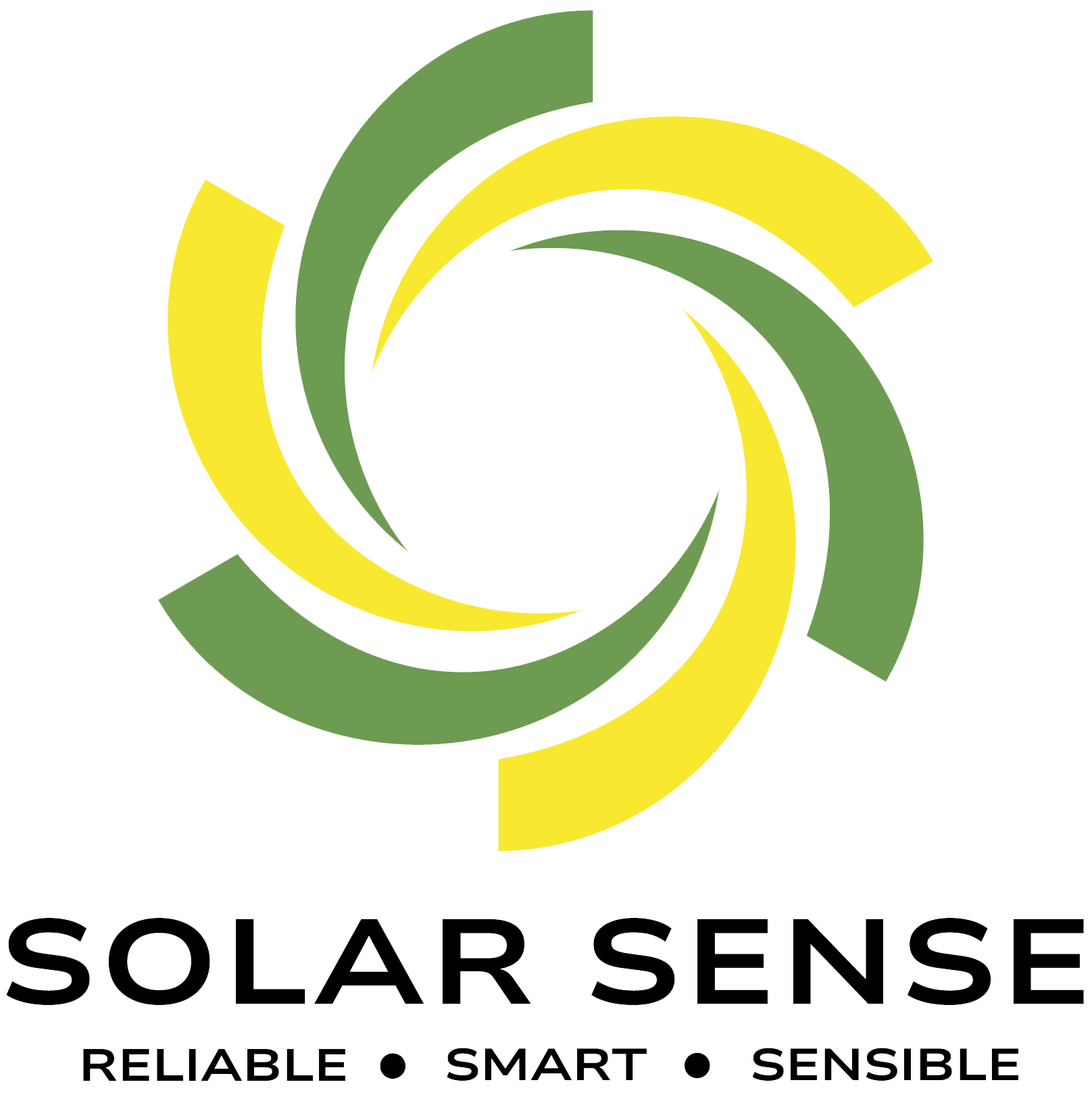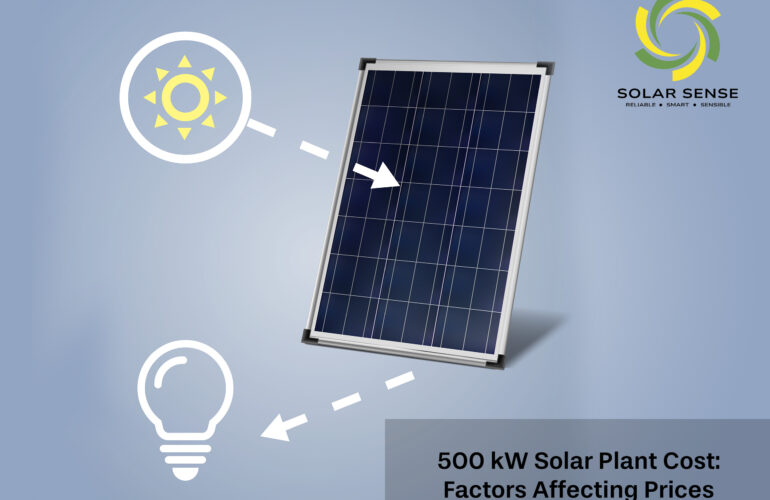Solar panels are a modern solution to obtain clean, renewable energy with minimal impact on the environment. As such, they are critical to the shift towards a more sustainable future. By lowering our dependence on fossil fuels and greenhouse gas emissions. But how does a solar panel work? In this blog, you will be led through the working principles of solar panels their components, and their operation in the energy sector.
The Science Behind Solar Panels
They work on the principle of a photovoltaic cell, which is capable of directly converting solar energy into electrical energy. This process involves several key steps:
- Photon Absorption: Actually, solar panels are composed of numerous solar cells, and most of the cells are made of silicon. When light gets to these cells, the sunlight is composed of particles of energy called photons. Which, when they fall on the silicon, energizes the electrons.
- Electron Movement: This causes the energized electrons to start moving to have an electric current. This movement happens due to the photovoltaic effect. Which is the mechanism by which some materials can produce electricity when exposed to sunlight.
- Direct Current (DC) Generation: The flow of electrons leads to the creation of direct current (DC) electricity. However, most of our homes and offices require AC electricity.
- Inverter Conversion: The DC electricity is then passed through an inverter. Which then changes it to AC electricity to be used in homes as well as in businesses.
- Energy Distribution: The supplied AC electricity is used to light up electrical inventions and systems. In the event of other types of configurations, the excess can be stored in batteries or sent back to the grid.

Elements of Solar Panel
Understanding the main components of solar panels helps to appreciate how they work:
- Solar Cells: Solar cells, which form the blanket of the solar panel, are most commonly formed from silicon. It converts the sunlight exposed to it into an electric current.
- Glass Cover: Hinders the effects of weather and physical force on solar cells while at the same time permitting light to penetrate solar cells.
- Anti-Reflective Coating: Coated onto the surface of the solar cells to minimize reflection and enhance the absorption of light.
- Encapsulation: Several layers of protective coatings, usually of ethylene-vinyl acetate, guard the cells from moisture and dirt.
- Frame: It is usually made of aluminum and is the main load-bearing element, as it supports the solar panel.
- Junction Box: It carries wiring and connectors by which the generated electricity is transferred.
Types of Solar Panels
There are different types of solar panels, each with its advantages:
- Monocrystalline Solar Panels: Single continuous crankcases are created from a single piece of crystal structure and are highly efficient with impressive spatial use, but they are costly.
- Polycrystalline Solar Panels: These are less efficient but are created by melting together multiple silicon crystals, hence cheaper.
- Thin-Film Solar Panels: These are manufactured using several materials and are lightweight and flexible, although generally not as energy efficient.
Benefits of Solar Panels
Solar panels offer numerous benefits:
- Renewable Energy Source: They produce electricity from the sun which is naturally available and can never be depleted.
- Reduction in Electricity Bills: This way, you can regulate or even do away with your electricity bills as you produce your electricity.
- Environmental Impact: They are environmentally friendly since the solar panels help in reducing the emission of greenhouse gases and hence reduce the carbon footprint.
- Energy Independence: They offer a certain amount of freedom when it comes to achieving the energy objectives, thus not depending on the grid.
- Low Maintenance Costs: These solar panels are easy to install and once installed they do not require any maintenance and they can last for thirty years.
Challenges and Considerations
While solar panels offer many advantages, there are some challenges and considerations:
- Initial Cost: Large capital expenses are required to buy and install solar panels. Although this can be achieved in the long run with more benefits.
- Weather Dependence: Solar panels will generate more power where there is direct sunlight as opposed to diffused light, such as on a cloudy day.
- Space Requirements: Unfortunately, to generate the necessary electricity, one may be forced to occupy lots of roof or land space.
- Energy Storage: When power is produced more than consumption, it accumulates in batteries, making it expensive and complicated.
Solar panels are one of the most effective ways known to mankind that can be used to capture the sun’s rays and convert them into useful electricity. Knowing the general concepts and main components gives knowledge about how they contribute to the concept of green power. When it comes to decision-making for solar panels, one can easily ignore some of the challenges and go for the panels because of all the advantages of acquiring renewable energy, spending less money, and the general impact on environmental conservation. One of the renewable energy sources that has been receiving tremendous advancement is solar panels, whose efficiency and costs are in gradual decline.




